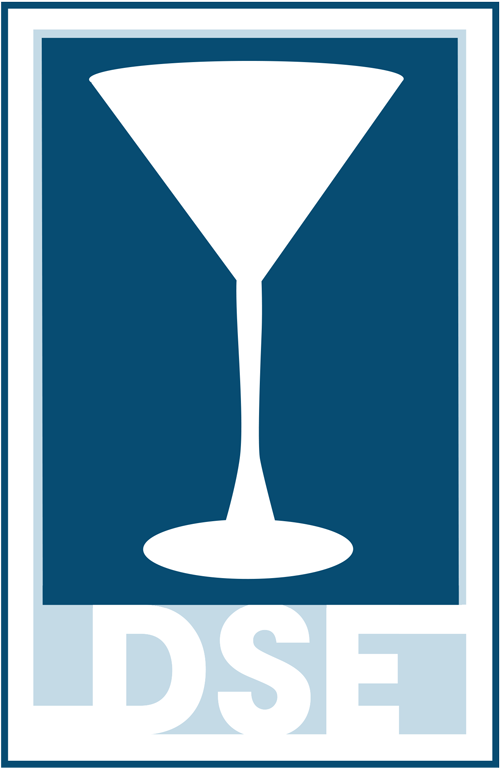MI: Who sells the most liquor? Look up Michigan bars, retailers
By Julie Mack
July 2, 2018
Alcohol consumption in Michigan is continuing to go up, driven by increases in liquor and wine sales.
Meanwhile, beer, the most popular alcoholic beverage, is still trending down.
The quantity of liquor and wine sold in Michigan each increased by 3 percent between 2015 and 2016, while beer sales dropped by 1.2 percent, according to the most recent data from the Michigan Liquor Control Commission.
In 2016, enough alcohol was sold in Michigan to supply every man, woman and child with an average of 8.3 drinks a week: Four 12-ounce beers, three 1.5-ounce shots of liquor, and a 6.3-ounce glass of wine.
That’s about 430 alcoholic drinks a year compared to 394 in 2007, a 9 percent increase, using per-capita estimates from the Liquor Control Commission’s most recent annual report.
The MLCC has detailed information on liquor sales because retailers as well as establishments that sell liquor by the glass must purchase spirits from the state’s wholesale distribution system.
That system doesn’t include beer and wine, but the MLCC has statewide data on those beverages through collection of the state’s beer and wine tax.
About 16 percent of Michigan’s wholesale liquor is purchased by bars, restaurants, casinos and other establishments that sell liquor by the glass. Retailers who sell packaged liquor account for the other 84 percent.
Below are two online databases on 2017 sales by the MLCC to individual businesses: One database shows purchases by retailers, and the other is purchases by establishments that sell liquor for consumption on the premises.
A few caveats about the numbers:
- This is for liquor only. Beer and wine is not included.
- The dollar amounts reflect wholesale purchases from the MLCC, not retail sales.
- The communities listed reflect the mailing address of individual businesses vs. specific location. For instance, the MLCC lists two Meijer stores in Kalamazoo, both of which are in townships adjacent to the city.
First, here’s the database for retailers. It shows stores that purchased at least $500,000 in wholesale liquor from the MLCC in 2017. Businesses from 50 counties are included.
2017 wholesale liquor purchases by retailers (Click on link above for database information.)
Next is the databases for bars, restaurants and entertainment venues that sell liquor for consumption on the premises. Included are businesses that purchased at least $50,000 in wholesale liquor from the MLCC in 2017. Businesses from 50 counties are included. Businesses from 51 counties are included.
2017 wholesale liquor purchases by bars/restaurants (Click on link above for database information.)
Here’s a map that shows 2017 wholesale liquor purchases in each county. You can click on a county to see the underlying data.
Note the data in this map does not include wine and beer. To be clear, this data correlates to how much liquor was sold in the county vs. consumption by local residents, and is somewhat distorted by the tourism and entertainment industries.
It’s no coincidence the highest-ranked counties either have a strong tourism industry and/or have entertainment venues such as casinos and sports stadiums that draw larger numbers of people from outside the county.
Below is a deeper dive into the MLCC data.
1. Beer is the most popular alcoholic beverage.
There were 193.9 million gallons of beer sold in the 2016 fiscal year compared to 18.4 million gallons of liquor and 25.2 million gallons of wine.
However, keep in mind that a gallon of liquor or wine goes much further than beer: There are 14 12-ounce servings per gallon of beer compared to 112 1.5-ounce servings per gallon of liquor and 34 5-ounce servings per gallon of wine.
2. Michigan’s alcohol sales equated to 430 drinks a year per Michigander, regardless of age.
That’s the equivalent of 430 drinks a year per Michigander, with this breakdown:
- 207 12-ounce beers, down three since 2015 and nine since 2007.
- 158 1.5-ounce shots of liquor, up four since 2015 and 28 since 2007.
- 65 5-ounce glasses of wine, up two since 2015 and 17 since 2007.
3. Michigan beer sales peaked in 1991 at 218.5 million gallons.
That which equates to 23.3 gallons per Michigan resident or about 6.3 beers a week.
Beer sales have dropped below 200 million gallons in 2009, and the 2016 annual per capita sales of 19.4 gallons per resident is the lowest since at least the 1980s.
In the past decade, the number of gallons of beer sold has dropped 6 percent.
4. Michigan wine sales have been going up for the past 20 years.
Wine consumption in Michigan is at an all-time high. The number of gallons sold has increased 34 percent over the past decade, from 18.9 million gallons in 2007 to 25.2 gallons in 2016.
5. Liquor sales have increased 20 percent over past decade.
The amount of liquor sold in Michigan has surged in recent years, from 12.3 million gallons in 1997 to 15.3 million gallons in 2007 to 18.4 million gallons in 2016.
On a per capita basis, liquor sales equated to 108 1.5-ounce shots per state resident in 1997, 130 in 2007 and 158 in 2016.
Also read: Michigan’s 25 stores and 25 bars/venues that sell the most liquor
